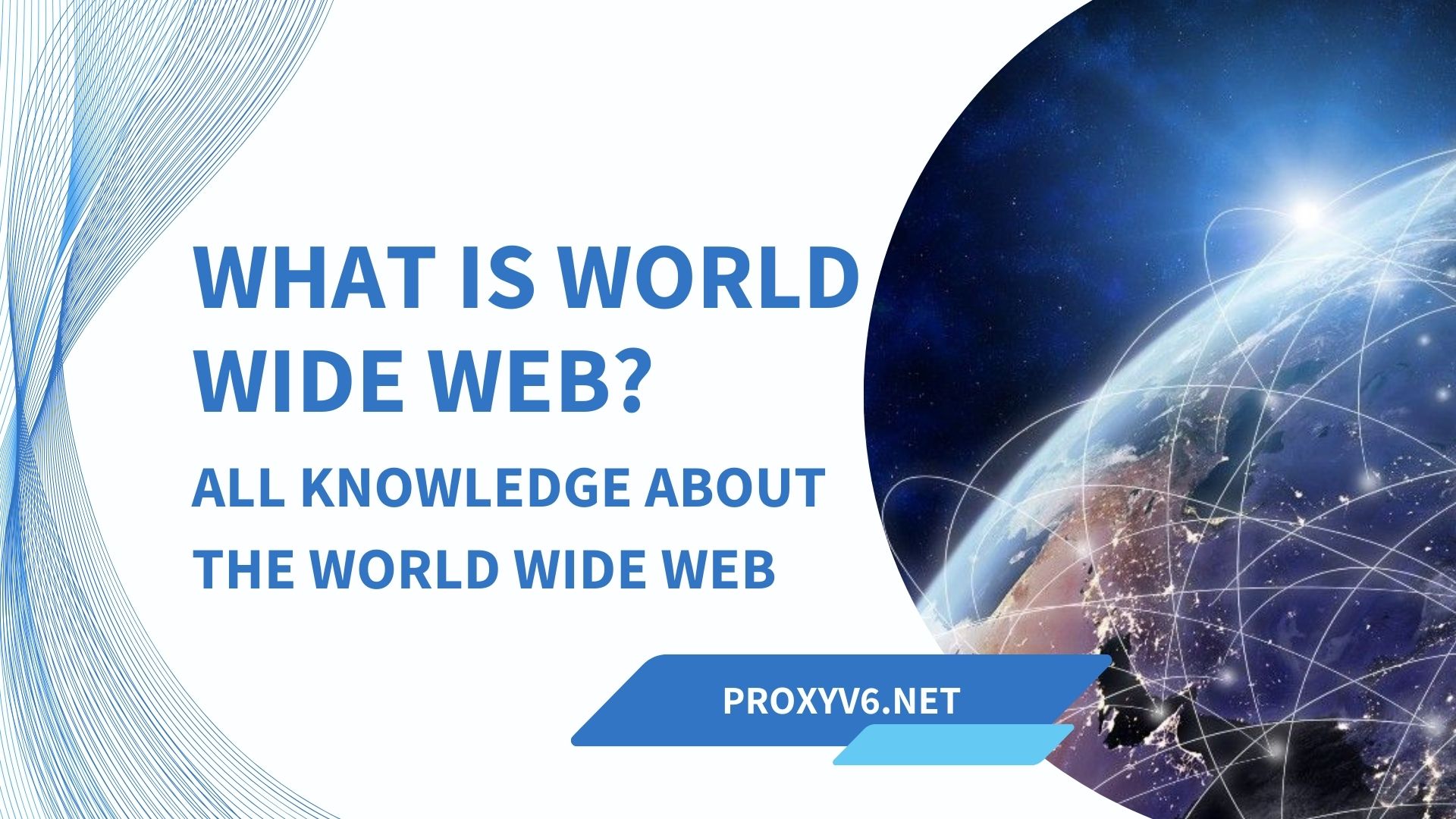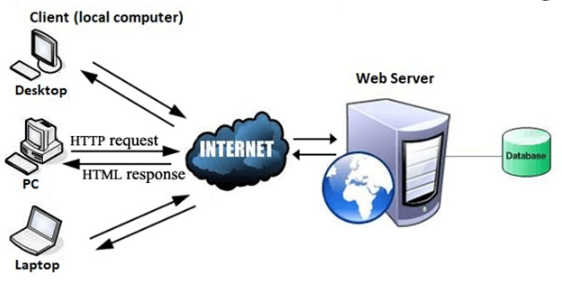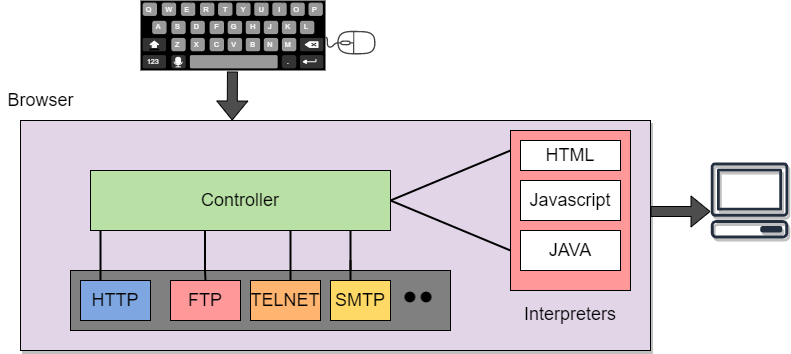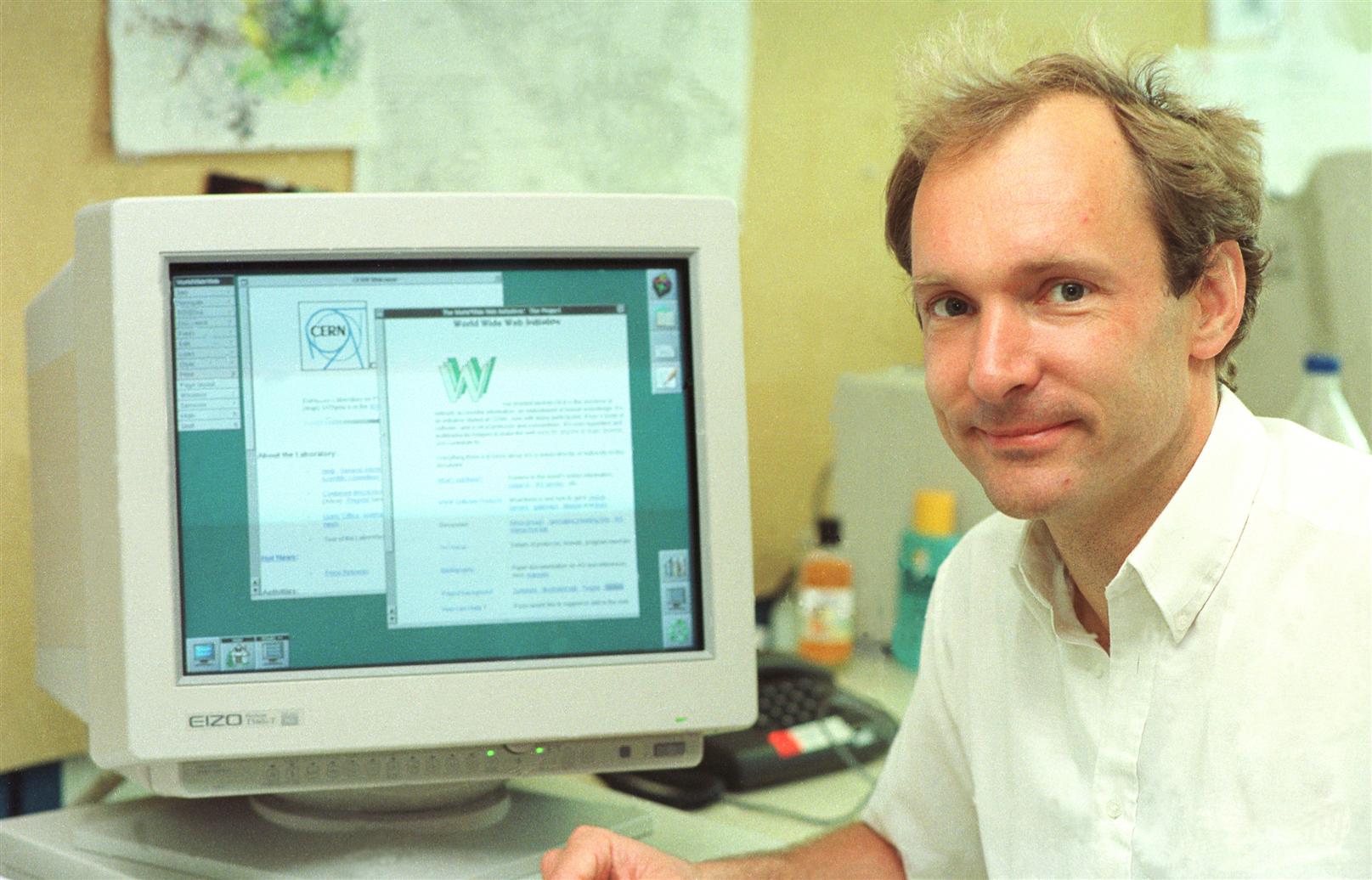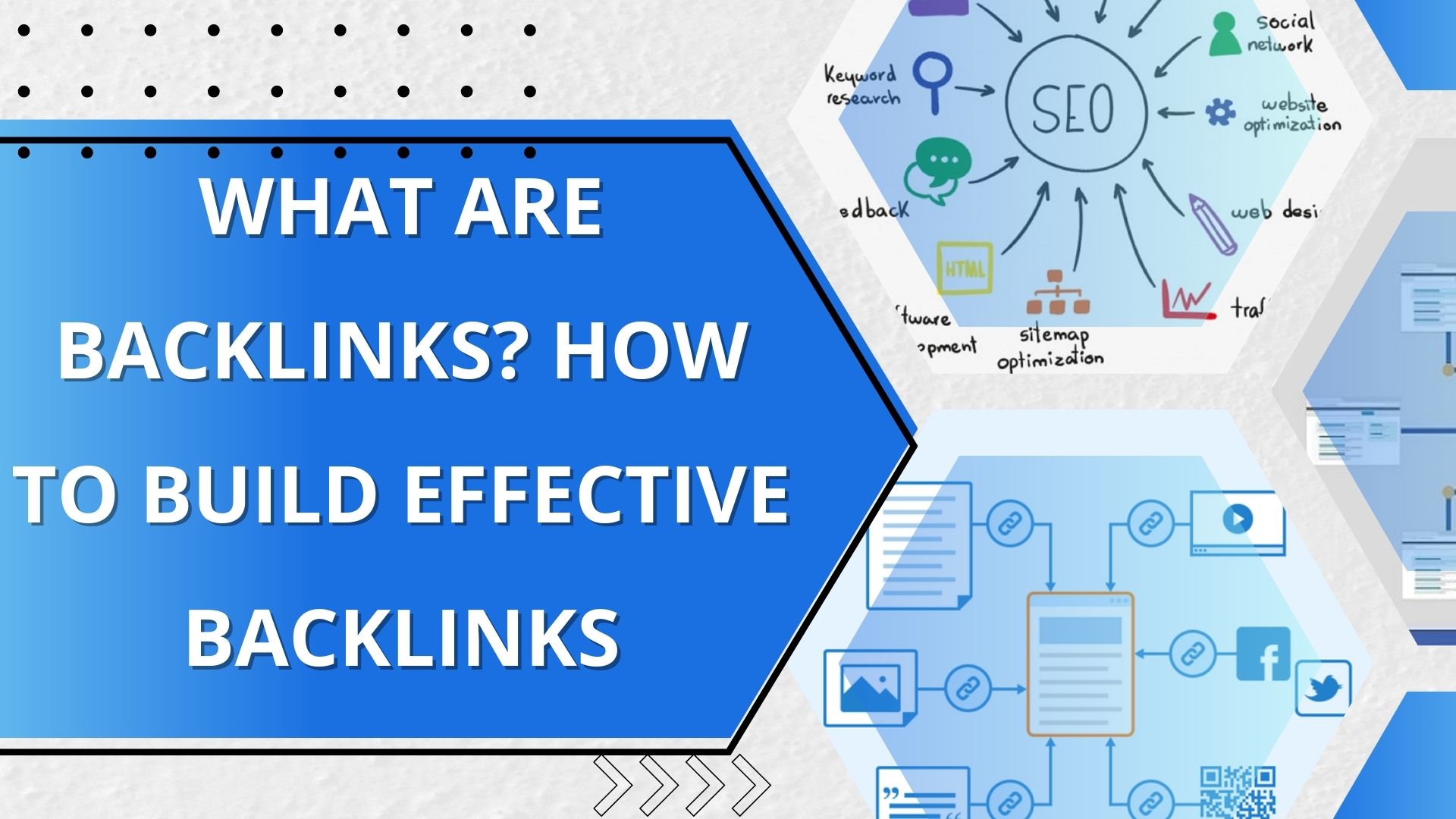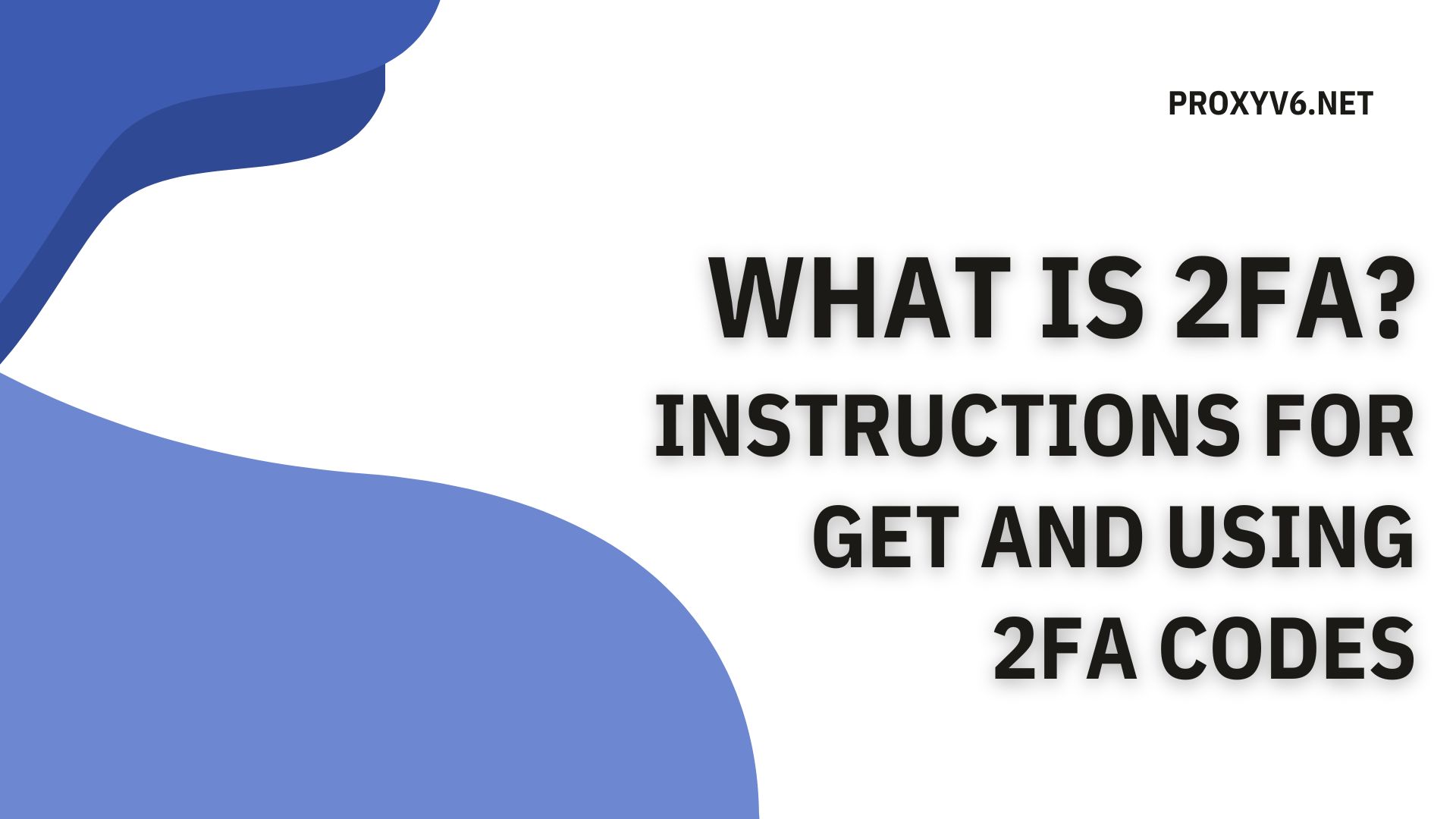The World Wide Web (WWW), or simply the web, is one of the greatest inventions of the 20th century, changing the way we access information and connect with each other. The concept is not just a specific piece of software or a website, but a complex system of documents and resources linked together through hypertext links. Let’s learn in detail about what the World Wide Web is and summarize knowledge about the World Wide Web through the following article.
What is the World Wide Web?
The World Wide Web was born in 1989, invented by Sir Tim Berners-Lee, a British computer scientist, while working at CERN (European Organization for Nuclear Research). He developed the web as a means for scientists around the world to easily and quickly exchange information.
Initially, Berners-Lee built three main components for the web: HTML (hypertext markup language), URL (Uniform Resource Locator), and HTTP (Hypertext Transfer Protocol). HTML allows the creation and formatting of web pages, URLs provide a unique address for each resource on the web, and HTTP is the protocol for transferring data between computers.
In 1991, the World Wide Web was officially made public, and since then, it has grown at breakneck speed. In just a few years, the web has become an important tool not only for scientists but also for the public, ushering in a new era of information and communication.
How does the World Wide Web work?
The World Wide Web operates based on a client-server model. In this model, there are two main components: client and server.
Client
These are the devices that users use to access the World Wide Web, such as computers, mobile phones, or tablets. These devices use a web browser to send requests to the server and receive responses in the form of web pages.
Server
These are computers that host websites and web resources. When receiving a request from the client, the server will search for the corresponding resource and send it back to the client.
This process takes place via the HTTP protocol. When you enter a URL into your browser, the browser sends an HTTP request to the server containing the web page. The server then sends back the World Wide Web as HTML code, and the browser displays the web page for you.
Main components of a World Wide Web
A typical website on the World Wide Web often includes many different components, creating a rich and interactive user experience:
HTML (HyperText Markup Language)
This is the main language used to create the structure of the website. HTML allows formatting text, creating links, inserting images, videos and other multimedia elements.
CSS (Cascading Style Sheets)
This is the language used to style HTML pages. CSS helps shape the look and feel of a World Wide Web page, from colors to fonts to layout.
JavaScript
This is a programming language that allows adding interactive and dynamic features to websites, such as motion effects, form verification, and many other complex web applications.
HTTP/HTTPS
The HTTP protocol is used to transmit data between the client and the server. HTTPS is a secure version of HTTP, encrypting data transmission to protect user information.
URL (Uniform Resource Locator)
Every website or resource on the web has a unique URL address, which helps identify and access that resource.
The influence of the World Wide Web on life and technology
The World Wide Web has profoundly changed the way we live and work. Here are some areas where the web has had a strong influence:
Information and education
Before the web, access to information was often limited by geographical distance and resources. The web has broken down these barriers, allowing everyone to access vast stores of knowledge with just a few clicks. Online education platforms like Coursera, Khan Academy, and edX have opened up learning opportunities to millions of people worldwide.
Communication and social networks
The World Wide Web has changed the way we communicate with each other. Social networks such as Facebook, Twitter, and Instagram have created new platforms for connecting and sharing information. Not only will this change the way we interact personally, but it will also have a major impact on the way organizations and businesses communicate with their customers.
Business and e-commerce
The Web has opened a new era for business and commerce. Online stores like Amazon, eBay, and Alibaba have completely changed the way we shop. Businesses also use the web to market, sell, and provide services to customers globally.
Entertainment and media
The web has become an important platform for the entertainment industry. Streaming services like Netflix, YouTube, and Spotify provide on-demand entertainment, changing the way we watch movies, listen to music, and consume digital content.
Technology and software development
The World Wide Web has spurred the development of many new technologies and programming languages. Web development tools and frameworks like React, Angular, and Vue.js have helped developers build complex and feature-rich web applications.
Security on the World Wide Web
With the rapid development of the World Wide Web, security has become an increasingly important issue. Security risks on the web can include cyber attacks, data theft, and malware. To protect users and data, the following security measures are typically applied:
HTTPS
Use HTTPS instead of HTTP to encrypt data transmitted between client and server, helping to prevent eavesdropping and data tampering.
Two-factor authentication (2FA)
This is a security method that requires users to provide two different authentication factors to access an account, increasing security compared to using just a password.
Firewalls and intrusion detection systems (IDS)
Firewalls help prevent unauthorized access to the network, while intrusion detection systems help identify and respond to network attacks.
Update software regularly
Regular system and software updates help protect against the latest security vulnerabilities.
The World Wide Web has changed the way we live, work and interact with the world around us. Since its birth in the late 20th century, the web has become an indispensable part of our daily lives. Hopefully the above article by Proxyv6.net helped you understand more about this concept. Follow us to know more interesting things.
